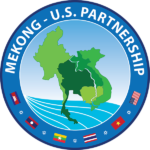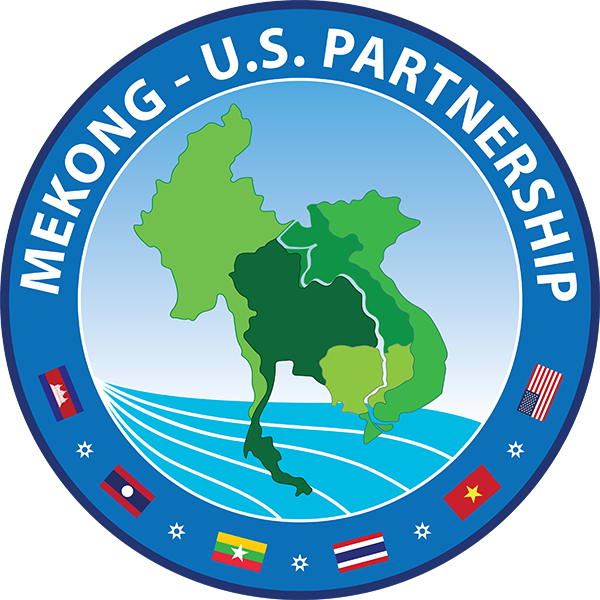Once viewed as a clean energy source, the impacts of mainstream hydropower dams on the Mekong are now plain to see. They include fisheries decline, biodiversity loss, waterway transport disruptions, and falling household incomes in riverside communities.
In 2020, Cambodia called a 10-year moratorium on building any more hydropower dams domestically. But over the border in Lao PDR, the dam building continues, as the landlocked nation seeks to become the “battery” of Southeast Asia by selling hydropower to neighboring countries—especially seeking to meet energy demand in Thailand. Its newest dams on the Mekong mainstream are now adding to the cumulative impacts of China’s upstream dams.
The Sustainable Infrastructure Partnership (SIP) program is working with partners in the region to turn attention to the role of renewable energy as a viable option to meet energy demand in the Lower Mekong region—and save what is left of the Mekong’s ecosystems.

Examining Mekong Trade-Offs
The Mekong River is the world’s largest freshwater fishery, and ranks third worldwide for biodiversity. Three years ago, a team at Mae Fah Luang University (MFU), Thailand, estimated the benefits of several Lao hydropower dams for energy production, flood control, and improved irrigation. They weighed these against the costs in terms of loss of ecosystem services. The research found that the anticipated benefits of three proposed Lao dams—Xayaburi, Don Sahong, and Pak Beng—would not make up for losses in fisheries, biodiversity, and livelihoods.
In their paper, Tradeoff analysis between electricity generation and ecosystem servicesin the Lower Mekong Basin, the research team called for reassessing the economic impacts of hydropower developing using full environmental cost accounting. They recommended that a new Lower Mekong Basin energy strategy should be developed, taking into account reduced forecasts for LMB power demand and the falling costs of renewable energy technology.
Lao Dams
At the time of the MFU research, the Xayaburi and Don Sahong dams in Lao PDR were under construction, while the Pak Beng and Sanakham dams were at the planning stage. Downstream countries were already expressing concern about the impacts, not only on fisheries but also on ecosystem services such as transport of sediment that would normally be carried by floodwaters to enrich agricultural land further downstream.
Fast forward to 2021, and the warnings of scientists have come to pass.
The Xayaburi dam began operating in October 2019, and the Don Sahong Dam a year later, in October 2020. The Thai press is now reporting serious impacts on communities downstream of Xayaburi, including loss of fish catch and mass die-backs of river weed. Fishers complain that their incomes are a fraction of what they were in the past. Yet plans for more dams are still advancing through the project pipeline.
Construction on the Pak Beng Dam in Oudomxay province, Lao PDR, will begin in 2022. The Lao Government is undertaking a “prior notification” process through the Mekong River Commission for the planned Sanakham Dam 25 km upstream of Vientiane.

Supporting Research and Analysis
The SIP program is responding to the need for research and analysis that will meet the needs of policy makers. Since 2020, the program has supported research by the MFU in Thailand and the Stimson Center, an international think-tank. The MFU team is led by the same academics who published the earlier study of trade-offs in 2018.
The research contributes to public discussions and decision making by:
- examining Thailand’s pivotal role as the region’s chief buyer of hydropower produced by Lower Mekong countries, and proposing alternative paths to meeting energy needs;
- estimating in detail the costs of solar and other renewable energy technologies in the region, and comparing these to the cost of hydropower; and
- investigating the impacts of disruption from recent events, including the COVID-19 pandemic and the severe two-year drought that has reduced hydropower generation capacity.
The first of these reports, Thailand’s Energy Development Pathways: Risks, Costs and Benefits for Different Import Scenarios by the Stimson Center, was published on the SIP website in 2020. An expert panel is reviewing a further two reports. The reports will be posted online for further comment soon.

 Mekong - U.S. Partnership
Mekong - U.S. Partnership


